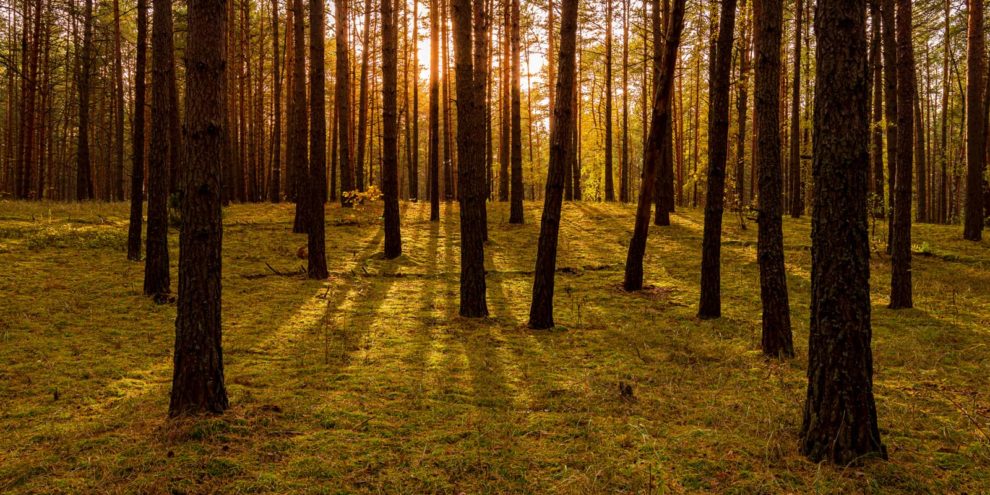Timberland investments comprise bundles of diversified cash flows. The sources of these flows include softwood and hardwood logs and fiber, hunting leases, cell phone towers and, increasingly, ecosystem services such as carbon sequestration. These products feed different, and often uncorrelated, markets.
Forest Cash Flows and Institutional Investors
Investors place a premium on identifying attractive “cash flow bundles” when screening forest assets. Acquiring timberland in a strong, competitive wood basket is like opening a bakery in a busy shopping district. Better infrastructure and roads support more foot traffic and potential customers. Stores in this district pay for these benefits with higher rents, just as timberland investors pay for access to robust timber markets with higher timberland prices.
Recent interest from institutional investors – such as Oak Hill Advisors teaming with carbon offset firm Bluesource and J.P. Morgan’s acquisition of the TIMO Campbell Global – force us to revisit the fundamental timberland investment model and, in turn, capture this during due diligence of local timber markets. Since anything that increases present value faster than the investor’s opportunity cost enhances value, forest carbon has the potential to augment timberland values to the extent that markets for carbon support reliable cash flows relative to those for timber.
Forest Carbon is a Forest Product
Forest carbon, a product with a market, generates questions with respect to its role and relative performance within a timberland asset or broader portfolio. “What are the valuation implications on my timberland from participating in forest carbon markets? What are the liquidity implications? How does this contract affect my ability to manage my forest?”
Spot prices for timber, timberland and forest carbon provide a simple snapshot. Deeper understanding of a timber market emerges with tracking performance over time and through the business cycle. Simple forecasts, scenarios and rankings help identify key drivers and screen for better markets. A systematic process, like a checklist, reduces risk and maximizes understanding for timberland investment decisions.
Investors make choices with their forests: Focus on grade or pulpwood rotations? Plant this species or that? For financially oriented owners, these reflect choices on which market to serve from their forest; and forest carbon, as a source of potential cash flow, offers another investment decision for the landowner to make.
This content may not be used or reproduced in any manner whatsoever, in part or in whole, without written permission of LANDTHINK. Use of this content without permission is a violation of federal copyright law. The articles, posts, comments, opinions and information provided by LANDTHINK are for informational and research purposes only and DOES NOT substitute or coincide with the advice of an attorney, accountant, real estate broker or any other licensed real estate professional. LANDTHINK strongly advises visitors and readers to seek their own professional guidance and advice related to buying, investing in or selling real estate.










Add Comment